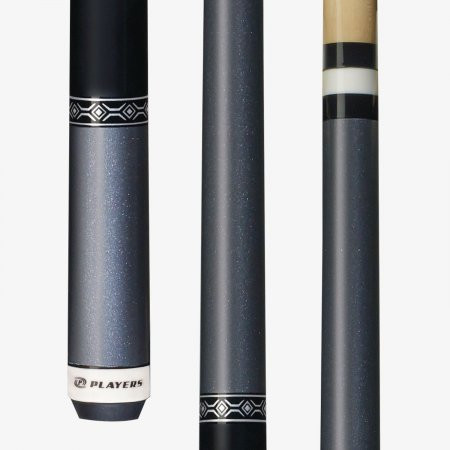
When a player wants to hop the cue ball over another ball to get to the object ball, this type of cue comes in handy.Ī jump break cue typically has an additional joint so you can remove the bottom half of the butt in order to get more leverage when shooting almost straight down on the cue ball. A quite versatile option, the jump break cue can be used for breaking, but also can be used on jump shots. What is a Jump Break Cue?Ī jump break cue is similar to a break cue, but it is a dual-purpose cue. If you’re new to pool, it may be best to use a cheaper (or free) house cue to perfect your breaking stroke, then consider upgrading to a separate break cue later. If you are an experienced pool player without a break cue and are noticing inconsistencies with your breaks such as occasional inaccuracy, the feeling of low power or too much spin, then a break cue might be for you. While it’s not required, it certainly has benefits for those who are wanting a little more out of the game. There are many great players out there that break with a regular pool cue.

No, you do not need a break cue to play pool. We will get into more detail about construction below. Because of this, using a break cue is a great way to help preserve the condition and performance of your regular playing cue. What is a Break Cue?Ī break cue is an alternative pool cue to a playing cue, and offers a high-performance option for one of the most fun shots in pool – the break.īreak cue construction makes it a perfect tool for pounding the cue ball extremely hard, extremely often. In this article, I’ll discuss what a break cue is, how it’s built, how it differs from a jump/break cue, the costs associated, different brands of break cues, and finally, I’ll help you decide whether or not you need a break cue. Pocketing balls at the very beginning of the game can be a significant advantage over your opponent, especially if you’re confident in your ability to pocket balls on a crowded table. In this way, the expert can run a table using 8 or 9 medium and soft speed strokes while the suckers keep trying to make custom speed strokes for different shots.Any regular pool player knows the break is arguably the most important shot in pool, outside of making the 8-ball of course.

As a matter of fact, I just wrote a two-part article called "Natural Strokes", basically 1,500 words extolling never hitting the ball harder than you have to but calculating cloth effects on the cue ball. It doesn't make the shooter less of a man (or woman) to take soft and medium speed strokes. How often I lecture my students on the excellencies of gentle pool strokes! Note that it was a gentle shooting motion, taken smoothly back and then through, that caused this bend. The stick's tip has followed through with the motion of the stroke to the felt and is now sliding along the cloth of the table as my follow-through continues on. Note the extreme bend of the cue shaft along the table. The cue ball will receive draw spin as planned, easily and without added effort on my part. In contrast to the previous photo, in this photo, I have allowed my shooting hand to linger down low, quite near the table surface.
Monster break billiards pro#
Now we're touching on a secret common to all pro and hustlers' strokes, which is often called "let the cue do the work" in error but is actually making the stroke not deviate in movement per Newtonian physics.Ī smooth draw shot. Loosen a second time at the top of your backswing as you reverse cue direction, and-I know this will sound strange but work great-loosen as you come into the hit impact also. I recommend loosening your draw grip as you take away the cue stick for the final backstroke.

And while you're at it, why not check on my stance secrets and stroke and aim secrets also. I go into great depth explaining elsewhere why pendulum strokes are wrong, and what the proper pool stroke really is. One key thought is to hold the cue so loosely it might almost tumble to the ground except where it rests, cradled along the bottom of your fingers.Īny tension in the stroke or before the stroke is made indicates the lifting motion that launches the cue ball into the air with such comical (and dangerous!) results.Īnother way in which beginners miss draw shots is in trying to put perfect pendulum motions on the stroke with their lower arms, taken from the elbow.

Keep the shooting hand low if not quite level to the plane of the table. The draw shot requires simply that the cue tip contact a hit point below the ball's equator and not a forcible stroking motion.Ĭompare this photo to that on the previous page, and you can see how much I have lifted from the table. Newbies lift their cuestick in an effort to gain leverage on the shot, hitting the ball harder. I'm purposely exhibiting a fault many beginners make on draw shots. Watch and laugh as I uncork a common error on draw shots.


 0 kommentar(er)
0 kommentar(er)
